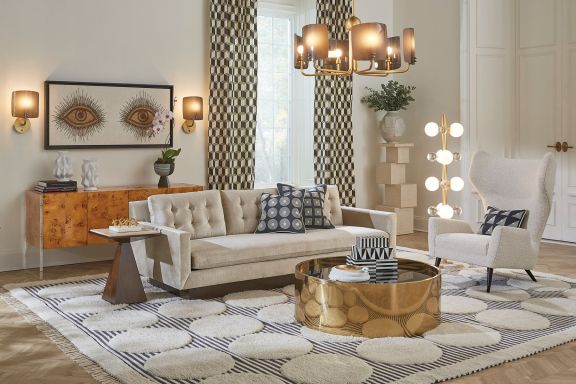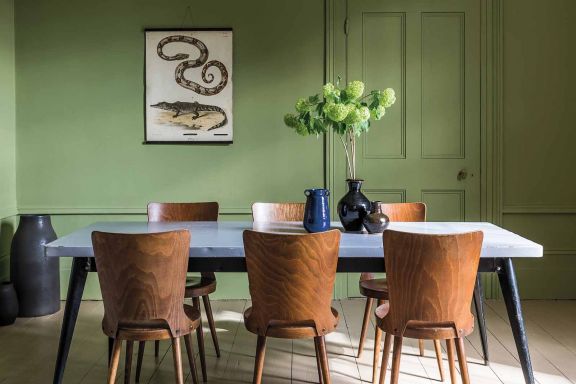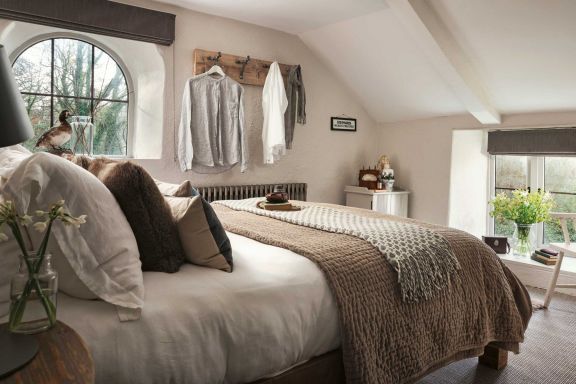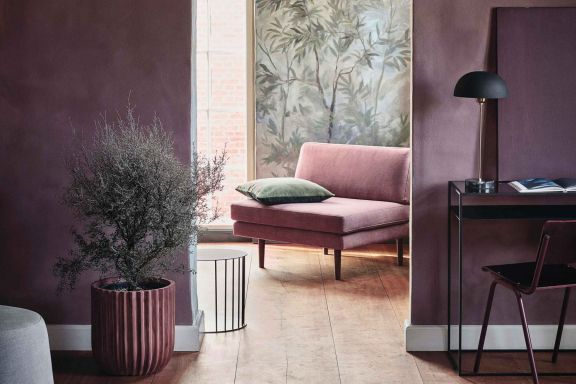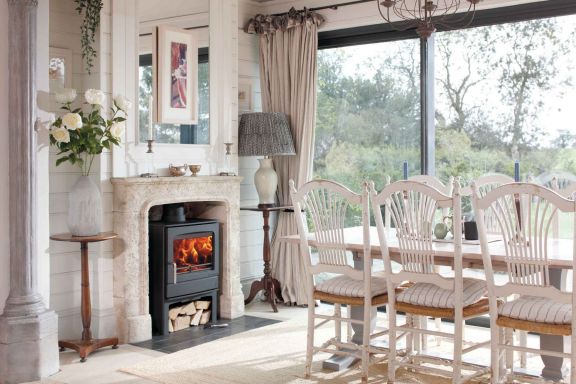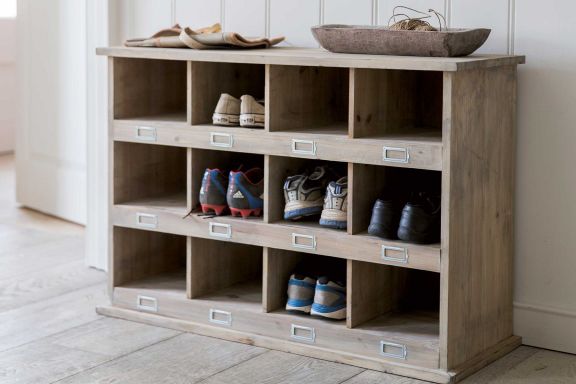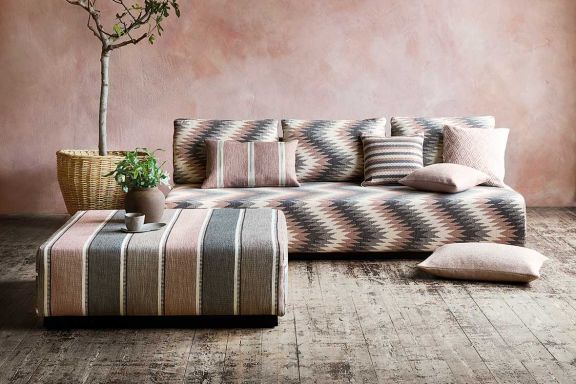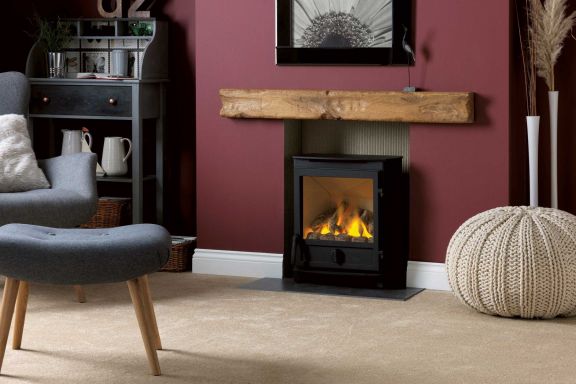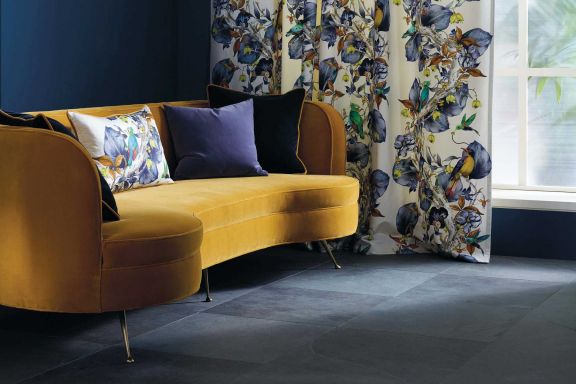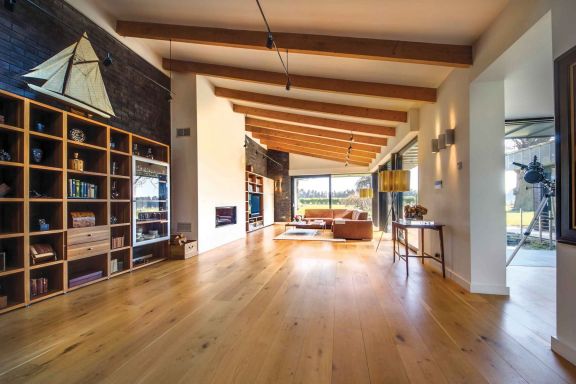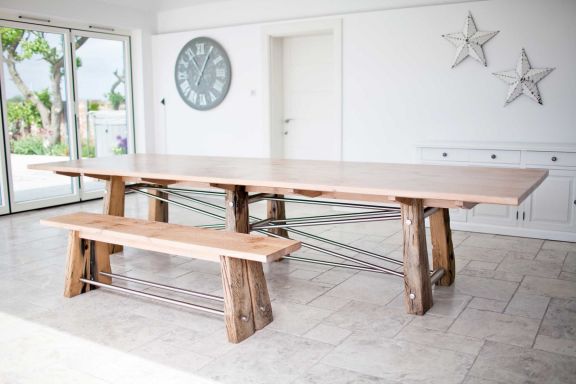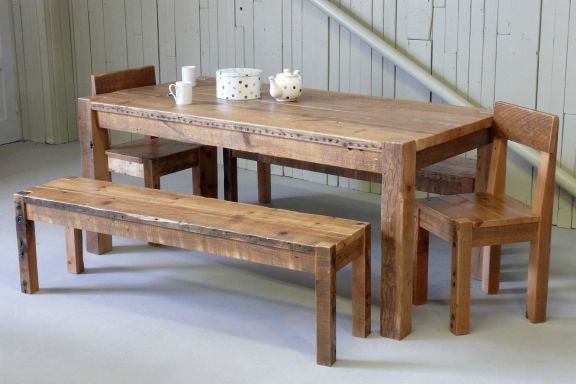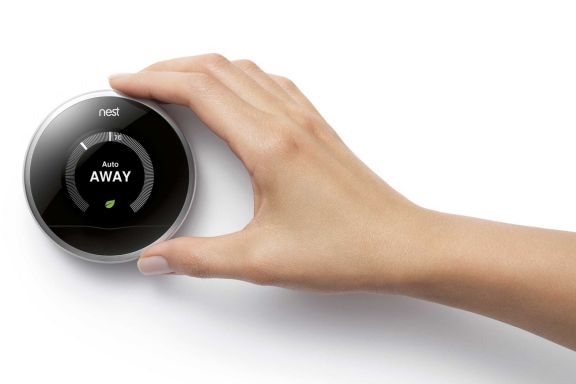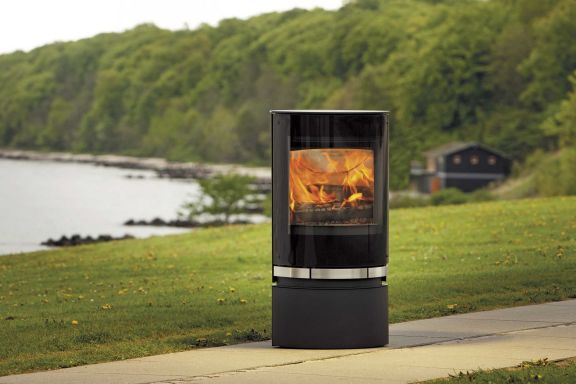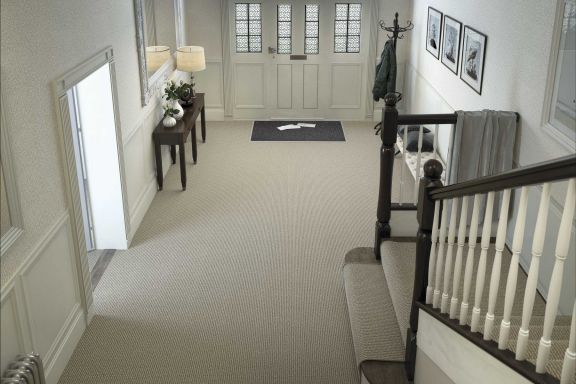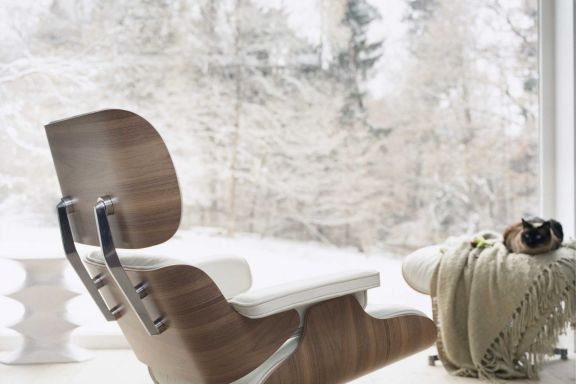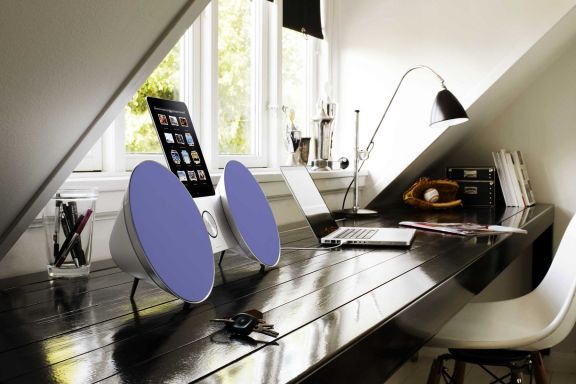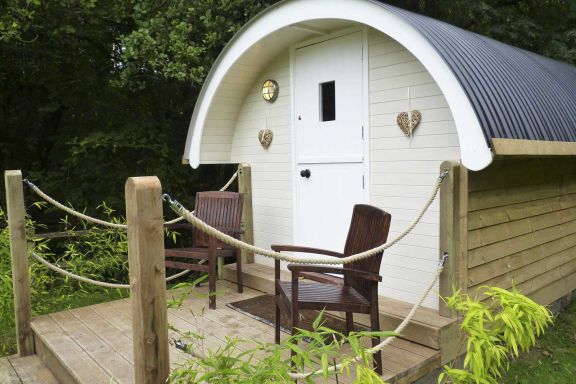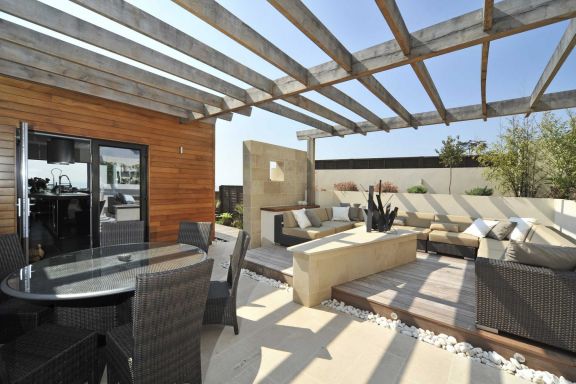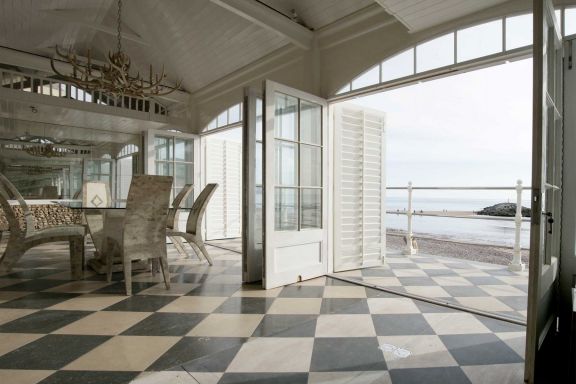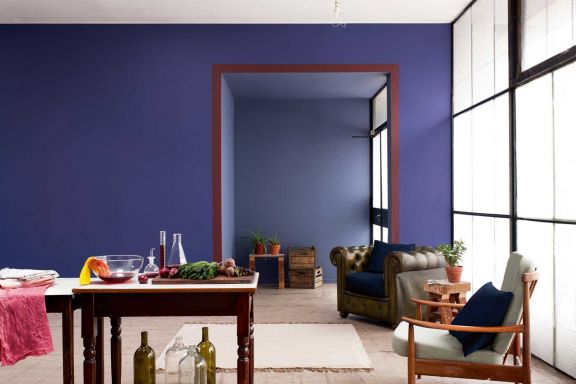
Living Space Feature
Don’t Be Floored By Timber
Wood flooring is seen as traditional, yet the range is expanding all the time, writes Lucy Baker-Kind
Lucy Baker-Kind
24 April 2017
Wood flooring is both practical and durable. Tom Fanthorpe, Director of JFJ Wood Flooring in North Molton, believes that its benefits outweigh any shagpile. He maintains they are easy to keep clean, stains can be easily dealt with, and they can be rejuvenated if necessary. “Hardwoods are durable; however, they obviously can dent, scratch and get damaged, as can most types of flooring,” he says. “One of the many benefits of a wooden floor is that it can be re-sanded and re-finished, leaving you with a new-looking floor again.”
The fact the floor can be repaired rather than replaced is a selling point that Roger Honeywill, Director of Moyseys Interiors in Kingsbridge, agrees with. “It is rarely necessary to replace a wood floor. Since wood is a naturally occurring resource, which can even be re-forested, hardwood floors are a quality, ecological choice.”
“Solid, strong and durable – it withstands high-traffic areas and looks fantastic,” is how Russell Molyneux, General Manager at Winkleigh Timber, describes it.
So, you’ve chosen hardwood flooring, but there are many choices of timber available. Tom finds that European oak is the most popular, as it has beautiful grain patterns, and is naturally light: “Being a naturally lighter timber, oak can be treated in different ways to achieve a huge variety of different finishes and looks to suit the property it’s going into.”
The choice of wood flooring is commonly solid or engineered. “Solid hardwood expands and contracts more, especially in wider widths,” explains Roger. “For widths of five inches or more, it’s important to both nail and glue the flooring for less movement.”
For ease of fitting and durability, engineered wood flooring is a sensible choice. As Tom explains: “Higher specifications of engineered wooden floorboards are constructed of multiple layers of laminated hardwood arranged in a tight cross-layer structure, making up what is known as a plywood. The cross-layered base is topped with a thick layer of hardwood known as the ‘wear layer’, which can be treated with varnishes, colour treatments and oils to achieve the desired finish.”
This construction gives strength and stability, and makes it suitable for harsher conditions, such as when used over underfloor heating. The sealed ‘wear layer’ forms a barrier against moisture, so is suitable for kitchens and bathrooms.
In addition to new boards, Winkleigh Timber is finding that reclaimed timber boards in pine and oak are proving popular. “Our stock varies from time to time, so there is always something new to look out for,” claims Russell. “We have recently acquired some cherry, which makes beautiful flooring.”
Ditching the carpet doesn’t mean losing the cosiness, either. Tom recommends installing insulation to the flooring before fitting the floorboards: “It can also help to prevent draughts rising through the boards and around areas of skirting, as well as acting to lessen the noise of footsteps.”
“Deciding which finish is right for you can be dependent on a number of factors,” advises Tom. “These include needing something that’s pre-finished, choosing the colour and sheen level, wanting something that’s easy to maintain, or wanting a very niche finish that can be difficult to achieve on site, so therefore you may need to buy one that’s been factory-applied.”
Hardwood floors are renowned for being easy to maintain. Roger recommends sweeping with a soft bristle broom or dusting with a dry microfibre mop. “Wood flooring requires little maintenance – you may need to re-oil once every ten years or so,” adds Russell.
There is a definite trend with customers for straight, wide planks, as it lends itself to a coastal feel, as opposed to parquet blocks.
If you want your wood flooring to run through the house and continue out into the garden, Tom again recommends European oak. However, different treatments would be needed for the different environments, so expert advice needs to be taken.
Tom’s final piece of advice is not to be blinkered by the colour alone, and choose the right board for your property: “People’s tastes and expectations vary. Strength, stability, durability and ease of maintenance are all important factors to consider.”
“It is rarely necessary to replace a wood floor”
